
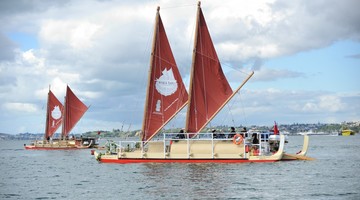
Navigator Jack Thatcher commanded the two waka hourua that sailed from Aotearoa (New Zealand) to Rapanui (Easter Island) and back. Te Aurere and its supporting vessel Ngahiraka Mai Tawhiti, known ...
READ MORE

When clouds hide the celestial signs, navigators use ocean swells, as well as the wind and waves, to determine their direction. Mau Piailug – grandmaster navigator around the Pacific Ocean – once ...
READ MORE

Wayfinder navigators always look for signs of weather at sunrise and sunset. This is when they try to predict the weather for the next 12 hours. Rights: Valentin de Bruyn/Coton Cloud types One of ...
READ MORE
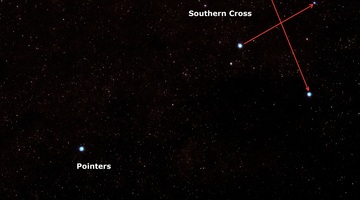
In this activity, students learn the cardinal points of the compass. They also learn how to use the Sun and star constellations – the Southern Cross and the Pointers – to identify the cardinal ...
READ MORE
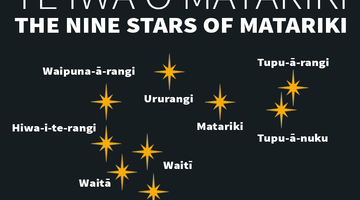
In this activity, students learn about star constellations and that various cultures have their own names and legends about them. They will appreciate that identifying constellations and ...
READ MORE

In this activity, students memorise a number of items from the star compass as wayfinding navigators would have to do. This experience may help students understand how and why wayfinders use the ...
READ MORE
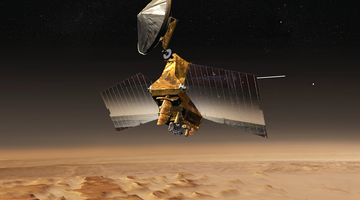
The Planet Four online citizen science project is designed to assist planetary scientists to identify and measure features on the surface of Mars that don’t exist on Earth. Help is needed to ...
READ MORE
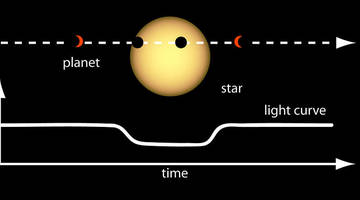
Search data from NASA’s Kepler spacecraft for the dips in star light intensity caused by exoplanets – planets that orbit stars other than the Sun. As these exoplanets pass between the star and ...
READ MORE
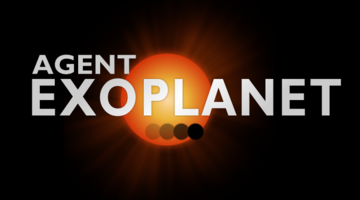
Help astronomers at Las Cumbres Observatory, California, study exoplanets – planets that orbit stars other than our Sun. Do this by interpreting images taken by their telescopes in Hawaii ...
READ MORE
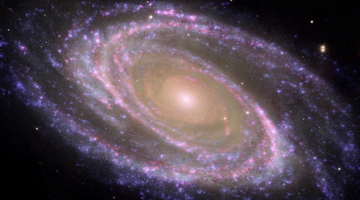
The Science Learning Hub has lots of resources for primary teachers related to the night sky in the Planet Earth and Beyond strand of the New Zealand Curriculum. The night sky is fascinating to ...
READ MORE

The Science Learning Hub has a selection of resources that have been translated into te reo Māori and a number of resources that feature both te reo Māori and English. Our webinar Opportunities ...
READ MORE

In this recorded professional learning session picturebook expert Associate Professor Nicola Daly (co-director of the Waikato Picturebook Research Unit at the University of Waikato) discusses her ...
READ MORE
Dr Pauline Harris (Victoria University of Wellington and Society of Māori Astronomy Research and Traditions – SMART) and David Perenara-O’Connell (Māngai, Tāwhaki Joint Venture) briefly explain ...
READ MORE
In this video, Associate Professor Bob Lloyd states that it is nuclear fusion that fuels the Sun. He then goes on to explain in simple terms how this process works by fusing lighter elements into ...
READ MORE
Otago University Space Physicist Associate Professor Craig Rodger explains what a coronal mass ejection (CME) is. He then goes on to describe the impact such an event could have on the Earth’s ...
READ MORE

Elements are formed deep within the cores of certain types of star. Find out more in this interactive.
READ MORE

Matariki is the name for the cluster of stars that signals the beginning of the Māori new year. Drag and drop each star's label to its location in the star cluster.
READ MORE

This slideshow, from the webinar Picturebooks for Matariki, provides additional support for the video tutorial. Use the Slideshow menu for further options, including view full screen, and go here ...
READ MORE